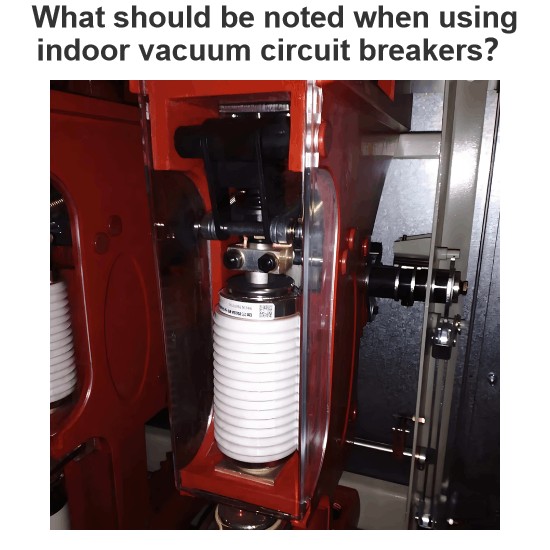How do ground fault circuit interrupters (GFCIs) protect people from electrical shock?
A Ground Fault Circuit Interrupter (GFCI) protects people from electric shock by continuously monitoring the electrical current in a circuit. Its operation principle is as follows:
1. Monitoring Current Balance: Inside a GFCI device, there is a current transformer or similar sensor that monitors the current in both the hot (live) wire and the neutral wire simultaneously. Under normal conditions, the current in these two wires should be equal but opposite in direction; the current flowing into the load should equal the current returning to the power source.
2. Detecting Current Imbalance: If a ground fault occurs, for instance, when someone touches an energized part and the current flows through the person to the ground, a small portion of the current will not return via the neutral wire but instead leaks to the ground. This results in an imbalance between the currents in the hot and neutral wires.
3. Rapid Response: A GFCI is designed to detect this tiny current imbalance very sensitively, typically within the range of 4 to 6 milliamps (mA). Once such a current difference is detected, the GFCI acts immediately, interrupting the power supply within an extremely short time frame (generally less than 0.1 seconds), thereby stopping the potentially harmful current flow before it can cause significant harm to a person.
4. Providing Protection: In this way, even if a person comes into contact with an energized object, the GFCI can cut off the circuit before the person suffers a serious electric shock, greatly reducing the risk and severity of electric shock.
5. Suitability for Wet Environments: Since water is a good conductor of electricity, the risk of electric shock increases when using electrical appliances in wet environments like bathrooms, kitchens, or outdoors. GFCIs are especially useful in such settings, significantly enhancing safety.
In summary, a GFCI is an important safety device that can promptly disconnect the power supply before a hazardous situation fully develops, effectively protecting individuals from potentially fatal or severe electric shocks. They are widely used in residential, commercial, and industrial settings, particularly in areas where water or ground contact is likely.
The Electricity Encyclopedia is dedicated to accelerating the dissemination and application of electricity knowledge and adding impetus to the development and innovation of the electricity industry.













